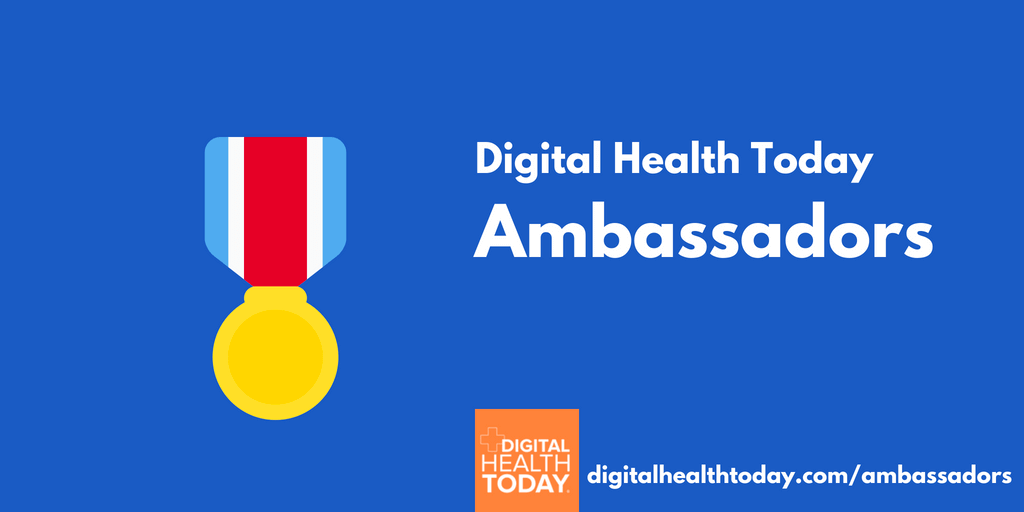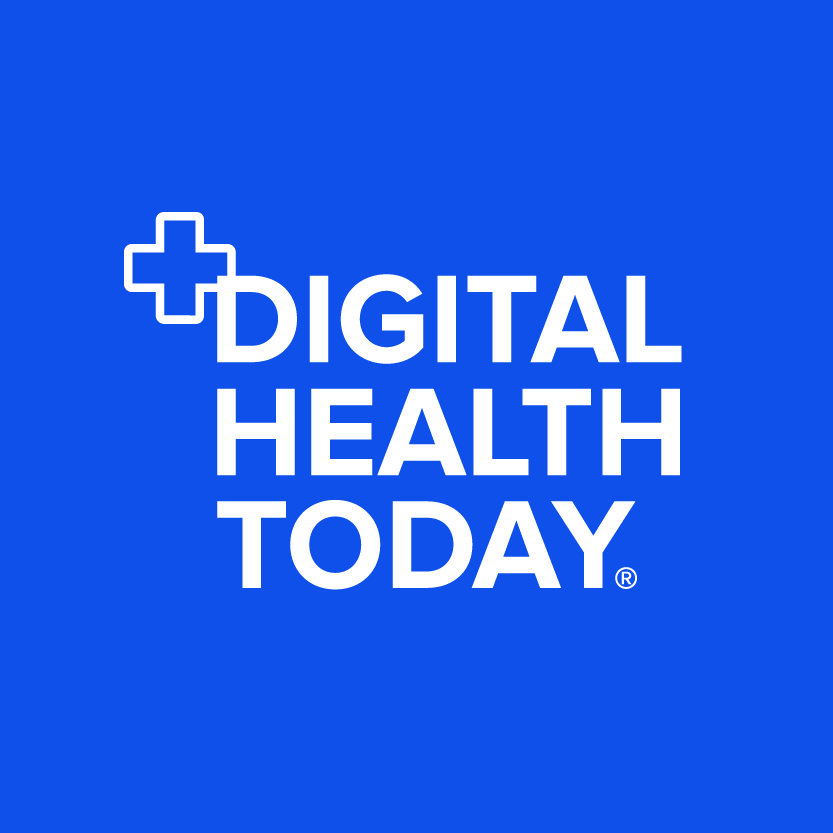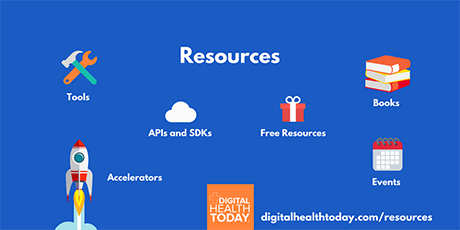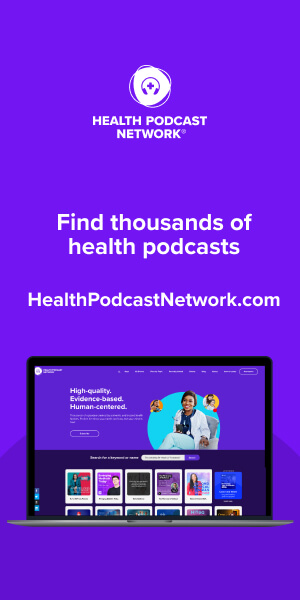Key Takeaways from the 2019 Connected Health Conference
I had the great pleasure of attending the HIMSS 2019 Connected Health Conference in Boston this past October. It was exciting to see the combination of startups and industry leaders pushing healthcare innovation to the next level. This conference featured several great presentations and demos that piqued my interest, given my background in Advanced Practice Nursing and entrepreneurship.
In her presentation about moving from wearables to ‘invisibles’, keynote speaker Dina Katabi demonstrated the stunning sophistication and accuracy of the technology she’s developed at MIT. Combining wireless and machine learning research, “Emerald” is able to sense precise movements of locomotion, velocity, heart rate, and breathing of an individual – even seeing through walls. The utilization of artificial intelligence makes for endless opportunities to improve early detection and prediction if an at-risk individual is starting to decompensate. A device like this will not only allow our geriatric population to continue living longer at home, but will also help nurses and other healthcare professionals to better prioritize care for each patient.
VR and XR Solutions
The exhibitor area was also full of interesting companies and solutions. I was particularly drawn to one particular vendor’s technology during this conference, Varjo, which makes VR and XR solutions and immersive environments. After about a minute of trying to figure out the adjustments settings and having their device following my eyesight to various points in my visual field, I was virtually brought into an air traffic control tower overlooking a distant mountainous terrain. I was shocked by how real this experience was, and also, that I could focus on and select different objects just by moving my vision and focusing in on the object. After about 5 minutes of an almost unreal experience, I asked to be transported into a “healthcare like” experience. My headset was rebooted into a surgical room, and I quickly realized that VR would not just supplement the future training of healthcare procedures and interventions, but potentially become the gold standard for training and evaluation.
Health Tech Standout! Competition
The best part of my experience at the Connected Health Conference was, by far, the “Health Tech Standout! Competition”. Each competitor brought innovative solutions that I believe will eventually become new standards of diagnosis and treatment. However, two technologies stood out to me as having amazing potential for significant impacts in the very near term.
First, as a healthcare provider, I was fascinated by the device named Eko Duo, which aims to assist clinicians throughout the world in the screening of cardiac pathologies through mobile devices. Being able to quickly obtain and interpret an ECG while also quantifying an ‘Ejection Fraction’ through a stethoscope or smartphone is going to quickly bring first-world medical diagnostics to underprivileged parts of the world, where these resources are typically only available for the top 1%.
Another fantastic innovation was D Free, a portable bladder scanner equipped with built-in alerts that react when a bladder hits a certain level of fullness. Given my experience in leading teams of nursing professionals, I truly believe this type of technology will have a significant impact on helping nurses to prioritize which patients can use the toilet before they experience an instance of incontinence. Although, to some, this might not sound too exciting, with the rapid expansion of an aging population and the issues that result from several hours of wet skin, this type of device is going to have a significant impact on the millions of individuals who need assistance in the restroom. For those nursing facilities who experience a less than ideal patient to staff ratio, I believe a device like this will lead to preventative care rather than more reactionary, time-consuming outcomes. Technology can help reduce the overall number of incontinence events, and hopefully make what some people call ‘neglectful conditions’ a thing of the past in long-term care facilities.
Overall, attending the HIMSS 2019 Connected Health conference was a great pleasure. It’s wonderful to see both small and large organizations presenting their latest innovations to help push forward care delivery. As a nurse, entrepreneur, and technologist, I’m excited by the future of technology-driven care.





